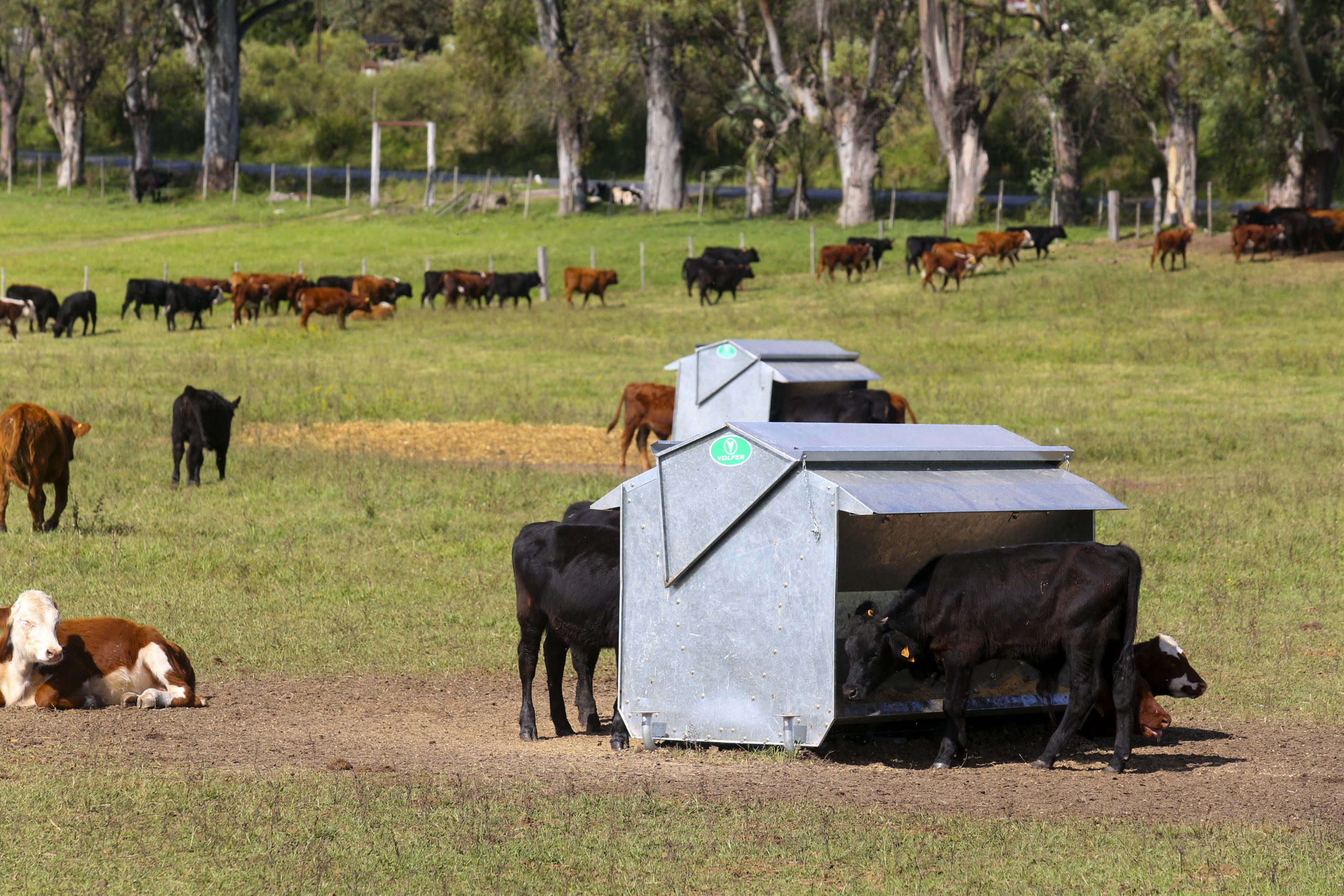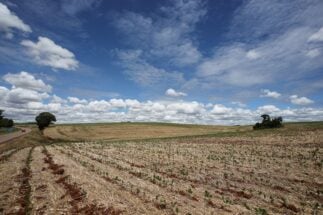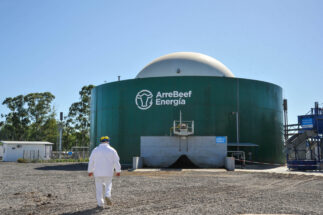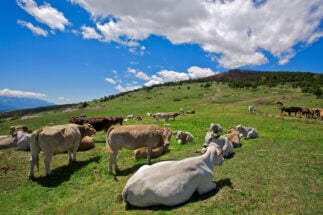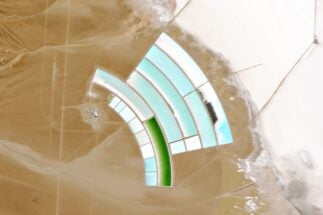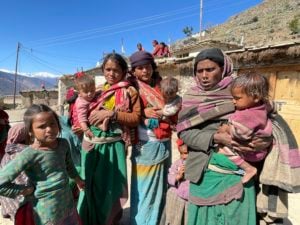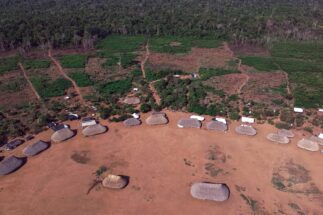It hadn’t rained for three months. Not a single drop had fallen on the nine hectares of parched fields where Carmen Portela and her family raise cattle, near Cuchilla del Fuego. The town, in the northwestern department of Paysandú, was one of the worst hit areas in Uruguay during the drought of spring 2021.
The water deficit, caused by the second consecutive year of the La Niña weather pattern, was cause for concern in almost every corner of the country, and wider South America. But it was the biggest fires in Uruguay’s history, which burned through 37,000 hectares of forest in Río Negro and Paysandú, that generated widespread public alarm, and saw a state of emergency formally declared in the last days of December.
The parching of the country’s pastures has particularly affected cows, and the suckling of calves born during last year’s winter. Before the forests burned, thousands of cattle grazed within them, in agricultural systems integrated with forestry. Some calves died, some suffered burns, others were left scattered and stranded at the edges of burning land.
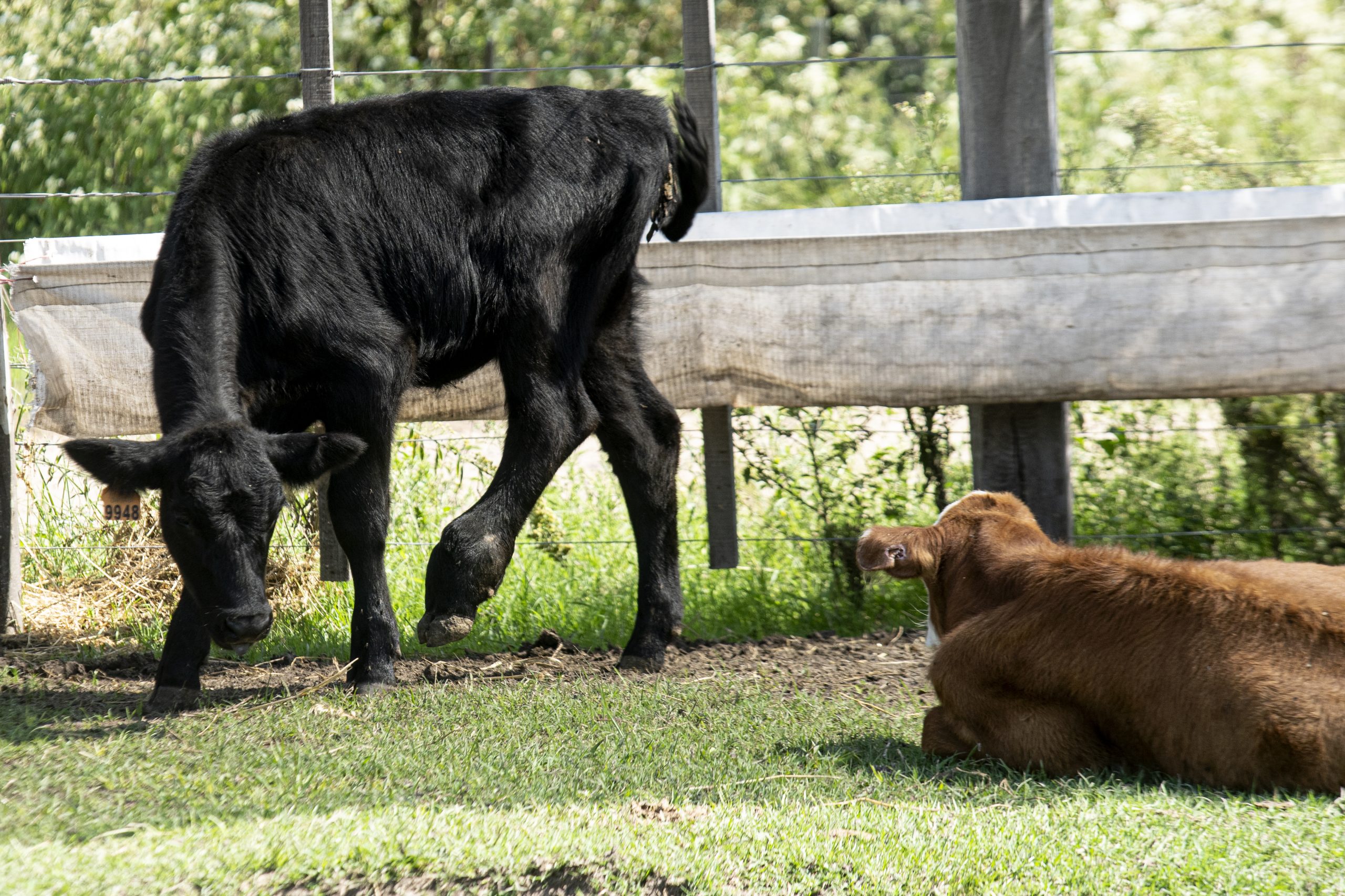
Following the fires, the Liga del Trabajo, a social organisation in the Paysandú town of Guichón, moved to lend a helping hand to small farmers and their calves affected by the devastation. On land near the town, they turned grounds that usually host fairs, auctions and other livestock services over to housing and rehabilitating the young animals. It’s not the first time they’ve done so: during the 1999/00 and 2007/08 seasons, two other periods of extreme drought, the Liga had opened its gates to vulnerable and injured calves.
“When the possibility of coming here arose, we decided to go for it, to look out for the future of our production,” Carmen tells us, as she tries to pick out some of her 60 Braford and red Angus calves among the hundreds grazing in the paddock of this cow “hotel”.
A hotel for cows
The Liga’s vast premises are equipped to house and handle large numbers of cattle, with several paddocks, pens, vaccination corrals, traps, animal baths and sheds. At the centre of the complex is a large arena for horse riding, and a smaller one for auctions. It’s somewhat reminiscent of the rural architecture of a century ago.
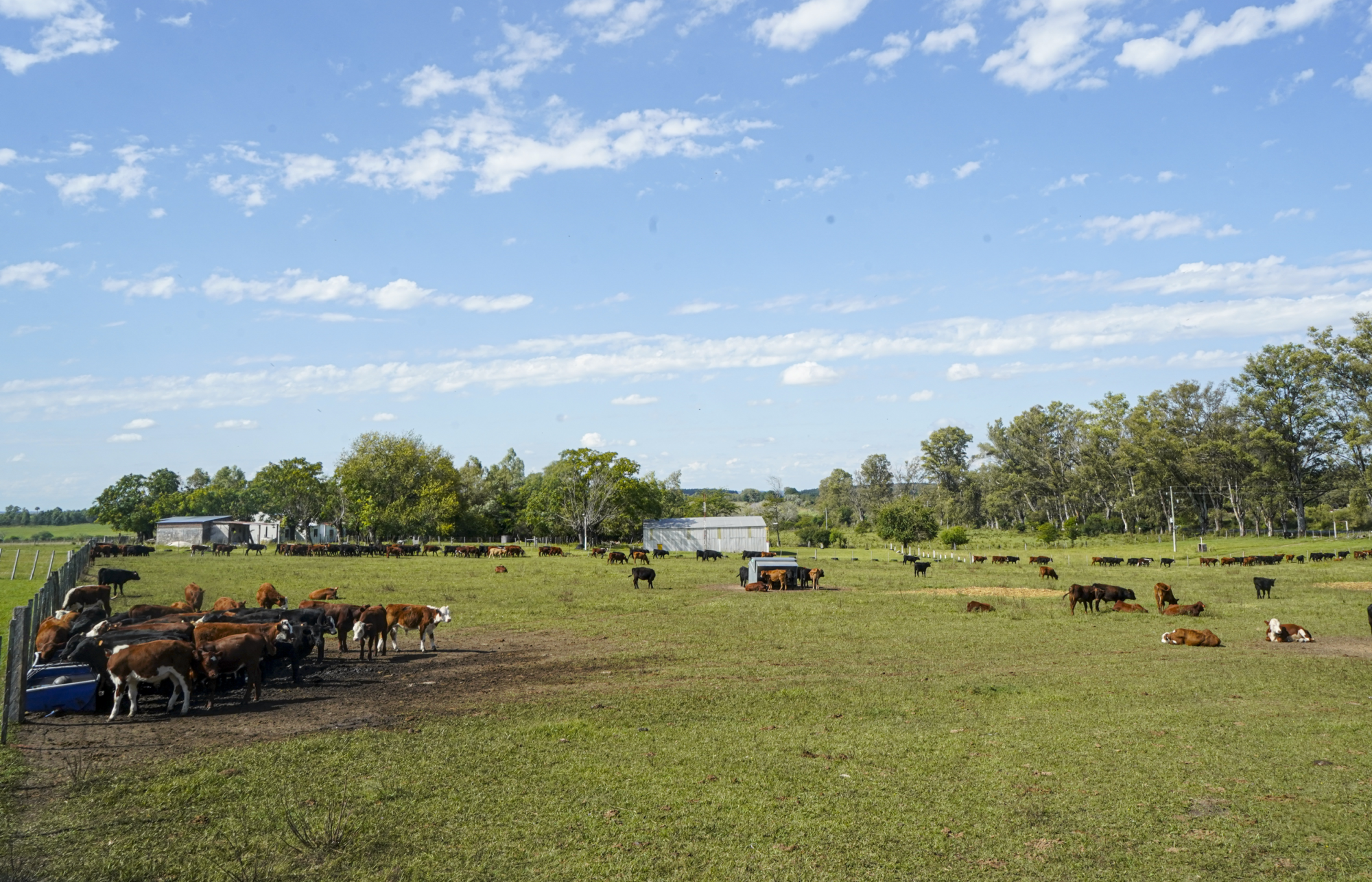
To set up the hotel, it was necessary to install three different feeders to carry up to 400 kg of feed, as well as adding new water troughs and guaranteeing the water supply. Canopies were needed to provide shade for the animals, and personnel had to be recruited to staff the facility.
Financial assistance was also a necessity. Nelson Moncalvo and Héctor Daniel Martini, president and secretary of the Liga, approached Fernando Mattos, Uruguay’s Minister of Livestock, Agriculture and Fisheries (MGAP) about the project, and were asked to devise a budget for rehabilitating 1,000 calves. The minister, who already knew the Liga facilities first hand, was immediately supportive of the project.
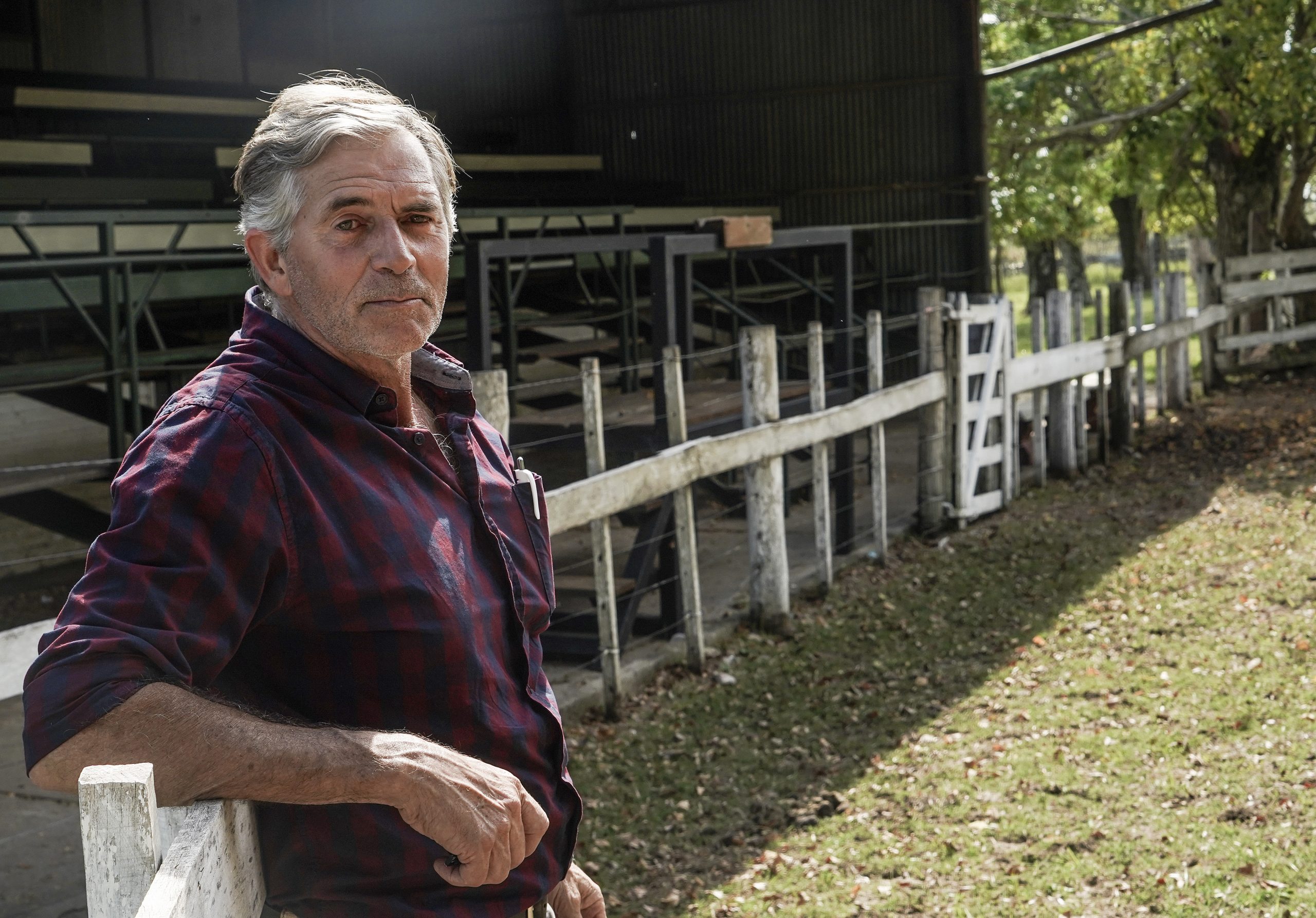
The MGAP’s Emergency Agricultural Fund allocated US$59 per cattle head to keep them for 100 days, at the end of which – by 30 May – they should have gained about 70 kg each. Producers who send their animals contribute a further US$25 per head.
On 23 February, Carmen Portela shipped her 60 calves over 70 km to the hotel. Twenty other small family operations – cattle farmers on less than 500 hectares, who owe no debts to the MGAP and whose papers are all up to date – did the same. Some sent 100 animals. Others only five.
1,065 calves are currently registered at the facility, 862 of which entered following the drought, including Herefords, black and red Angus, Brafords and cross breeds. Some animals were not permitted to enter, as they tested positive for brucellosis, a contagious disease that impacts fertility. Others did not need to go: some owners saw their pastures recover ahead of their animals’ planned stays and were able to keep them in their fields, with as much as 600 mm of rain falling in two months after the prolonged drought.
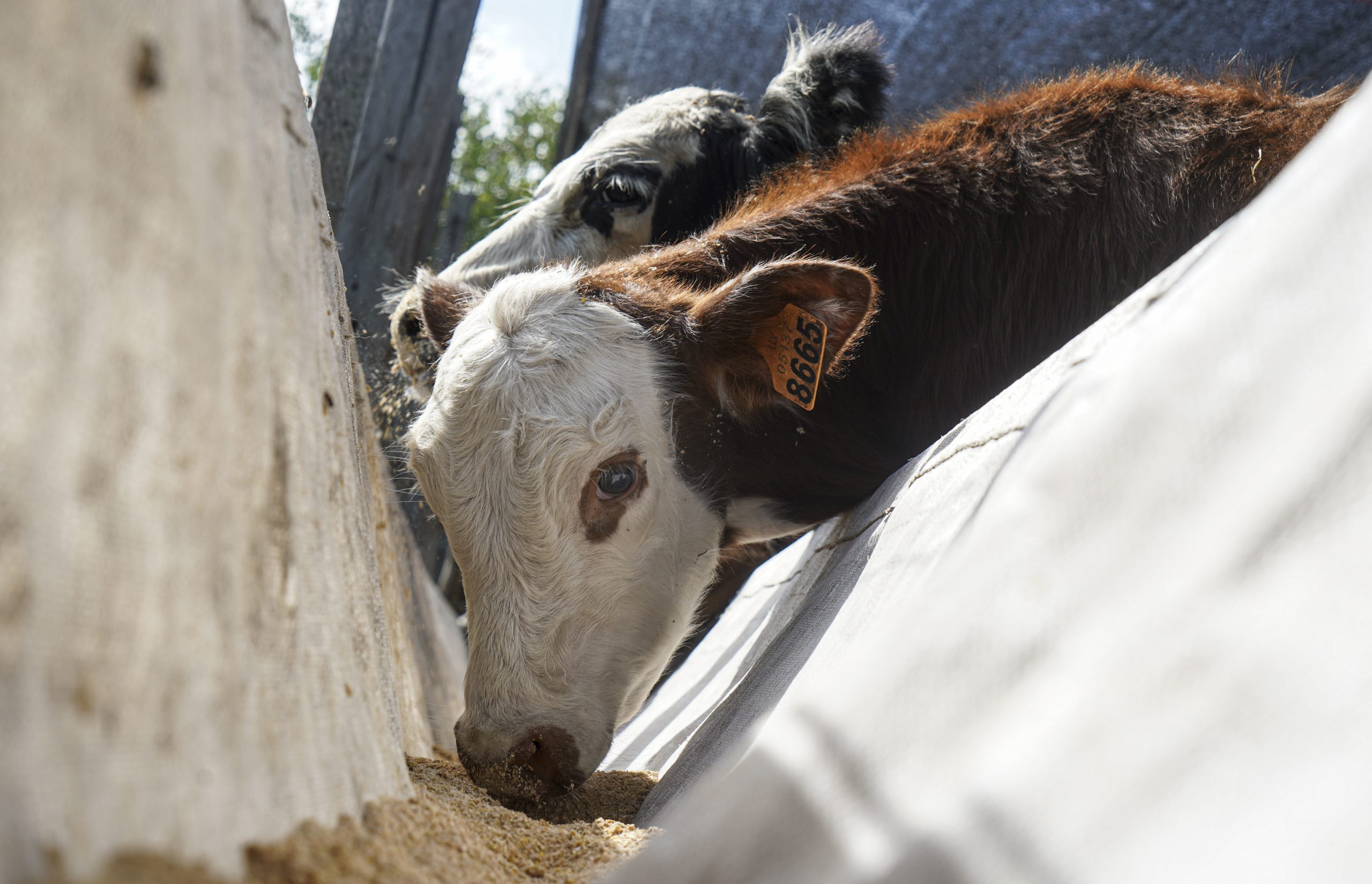
On arrival, calves are first taught to eat and use the water troughs, Moncalvo explains, casually leaning against a wooden fence. Separated from their mothers when they drink only milk, at less than two months old and weighing 60–70kg, they have to adjust to eating grain rations – a mixture of corn, sorghum, barley, wheat and mineral supplements – a diet of 21% protein, as well as alfalfa in bales.
Early weaning, the premature separation of calves from their mothers, is a practice used in emergency situations, such as the drought in Uruguay. It can speed up the recovery of young cows’ bodies and encourages earlier breeding to keep pregnancy rates up. But it is seen as a last resort, because of the health risks and logistical complications involved.
Alejandro Saravia from Plan Agropecuario, a Uruguayan agricultural support institute, told the newspaper El Telégrafo how, in 1999, a group of technicians including himself went to Argentina to see how they applied the weaning technique and brought back guidelines for handling underweight calves. “At that time there was not much experience,” he recalls. That year, six calf hotels operated in Uruguay, but the approach was only recreated in Guichón seven years later.
Weaning calves helps restore the mother’s health and help pregnancies, which, thank God, we have achieved
Minister Mattos is clear that, in a crisis situation, the weaning approach provides quality feed to the calf, ensuring its development and relieving the nursing mother: “It helps her to conceive again and increases the reproduction rate, which is the most important objective we set ourselves.”
“Weaning calves helps restore the mother’s body condition and allows pregnancies to happen again, which is what, thank God, we have achieved,” Carmen tells us with relief. She describes it as “useless” to keep a calf at its mother’s feet for a further six or seven months when it is in a delicate condition, explaining that the animal loses a year of productivity.
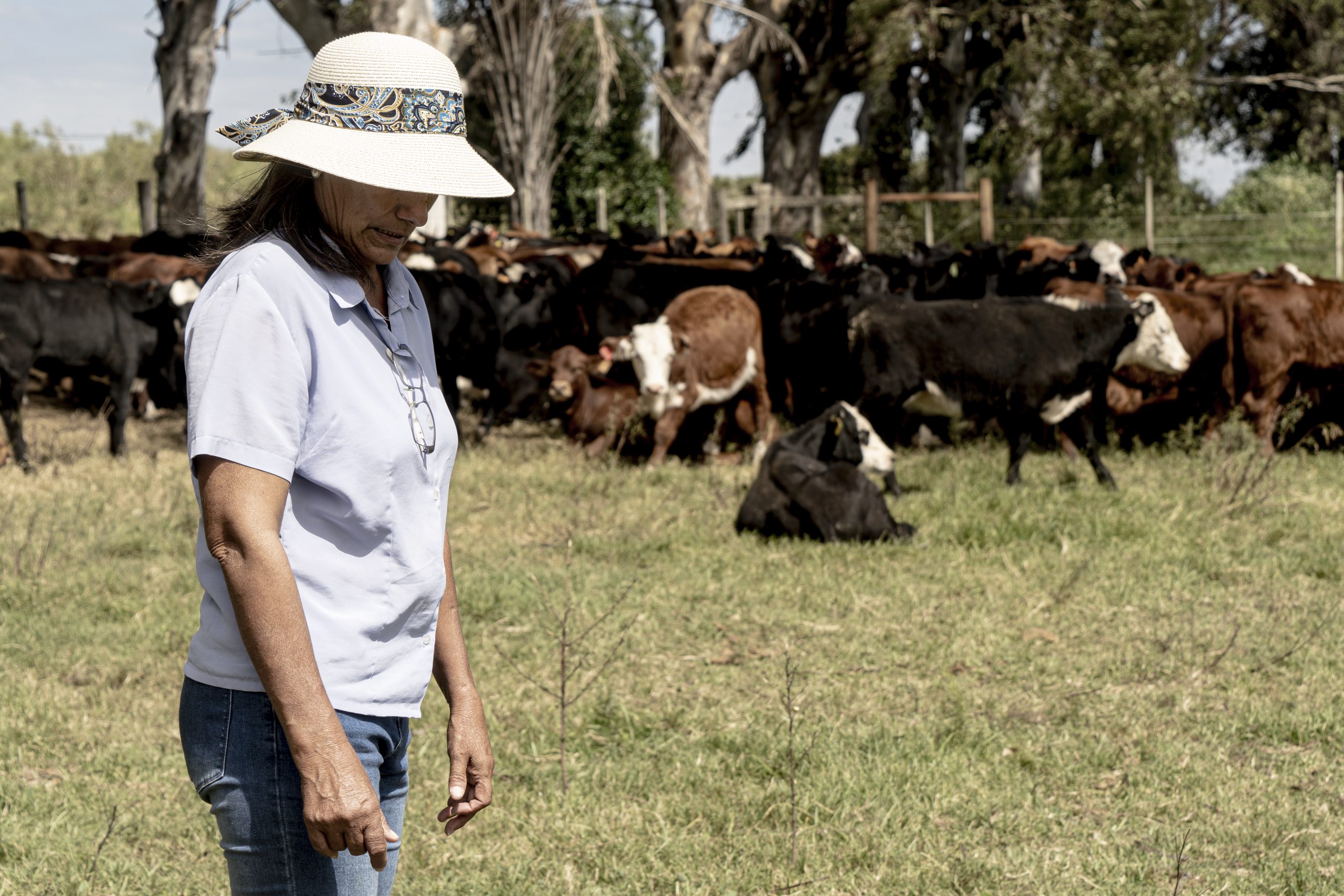
Other owners, and animals, were less fortunate at the facility. In the first few days, “six or seven calves died because they arrived malnourished and did not adapt to the ration,” Moncalvo says. Once calves have gained weight, they are moved to another paddock where they receive feed with less fibre, a diet of 18% protein, and natural grass.
The Liga facility requires over 3,000 kg of feed per week, which is donated by barns and veterinaries from all over the country. Four students from a local agricultural school are in charge of filling the troughs twice a day. John Cáceres, Segundo Pereyra, Lorenzo Panizza and Joaquín Henderson all signed up for an internship at the hotel to prepare their thesis on calf management and early weaning.
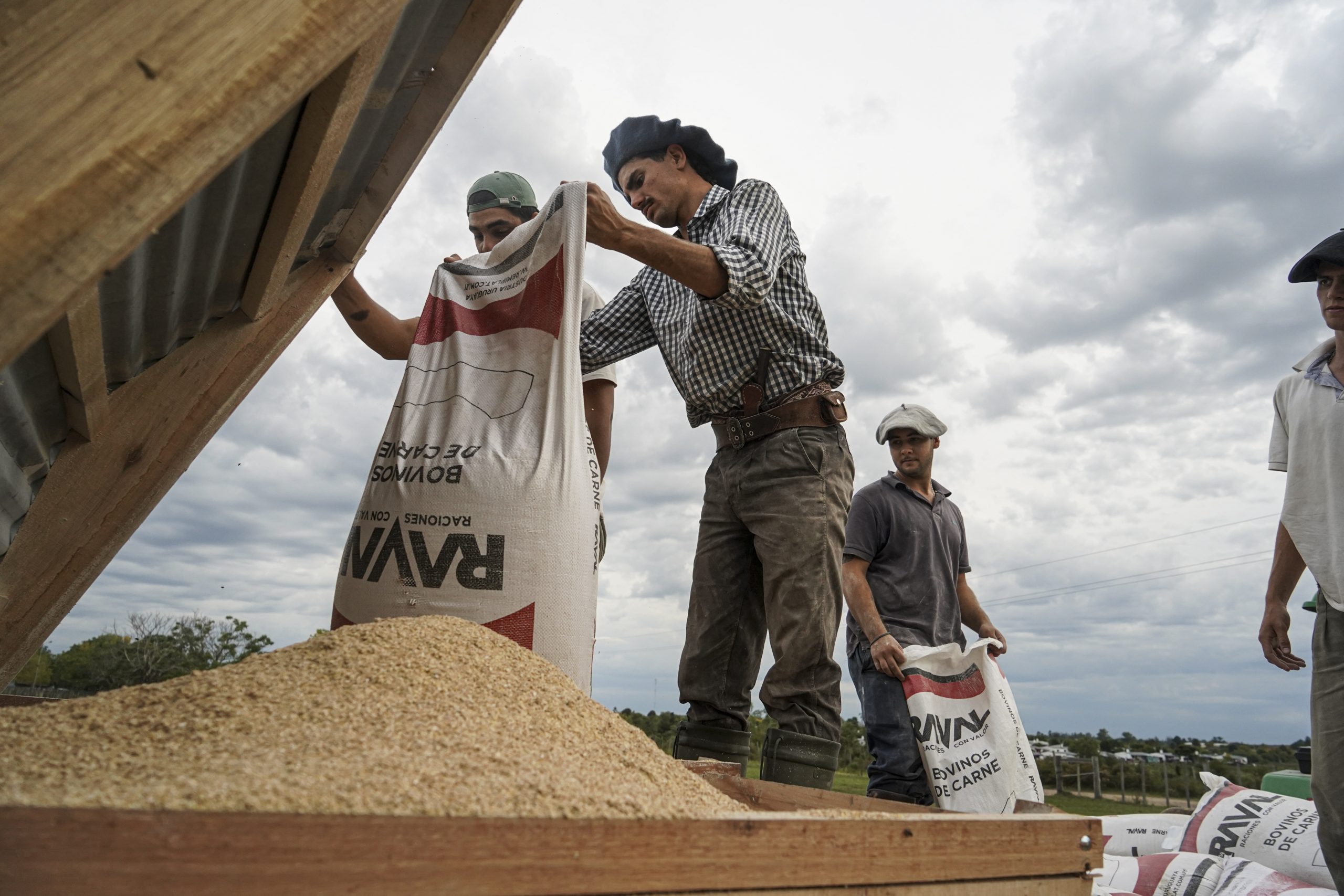
The students load feed into a pick-up truck hitched to a tractor and drive slowly from paddock to paddock. They use the holsters on their belts to cut the nylon from the 40 kg bags before dumping them into the troughs, from which a dozen calves can eat, each consuming up to 4 kg a day.
In surveys conducted after the first hotel experiences more than 20 years ago, nine out of ten beneficiaries said they were happy with the treatment, 82% would have left the animals longer, but only 38% said they would send calves back to the hotel.
Livestock’s importance to Uruguay
2021 was, in a number of different ways, a year to remember for those working in the Uruguayan meat industry. Historic records were set for slaughter (2,638,252 cattle, 630,000 more than in 2020) meat exports and the price per tonne exported (close to US$5,000). The Chinese market was the driving force behind these increases, with the Asian nation now importing 61% of the meat produced by Uruguay.
500,000
The impact of extreme weather on reproduction could see Uruguay’s cattle stock reduced by as many as half a million head this year. The country will struggle to match its historic slaughter of 2.6 million in 2021.
The price of cattle is also at unprecedented levels. Calves have never exceeded US$3 per kg, but did so for the first time at the end of March, and are worth 50% more than a year ago.
However, any chance of sustaining these highs is likely to be compromised by this year’s stock, which is expected to be reduced by 400,000 to 500,000 head, if breeding does not pick up pace. This requires as many cows and heifers as possible to be in a condition to successfully conceive and sustain pregnancy. It also means efforts must be made to guarantee the healthy development of calves born under risky conditions, underlining the importance of facilities such as that of the Liga’s facility in Guichón.
As the day draws to a close on our visit, the students share a bit of banter as they divide up the final tasks. They calculate which way the wind is coming from before tipping the last bag into the trough, so that the dust from the ration, dry and sawdust-like, doesn’t get into their eyes.
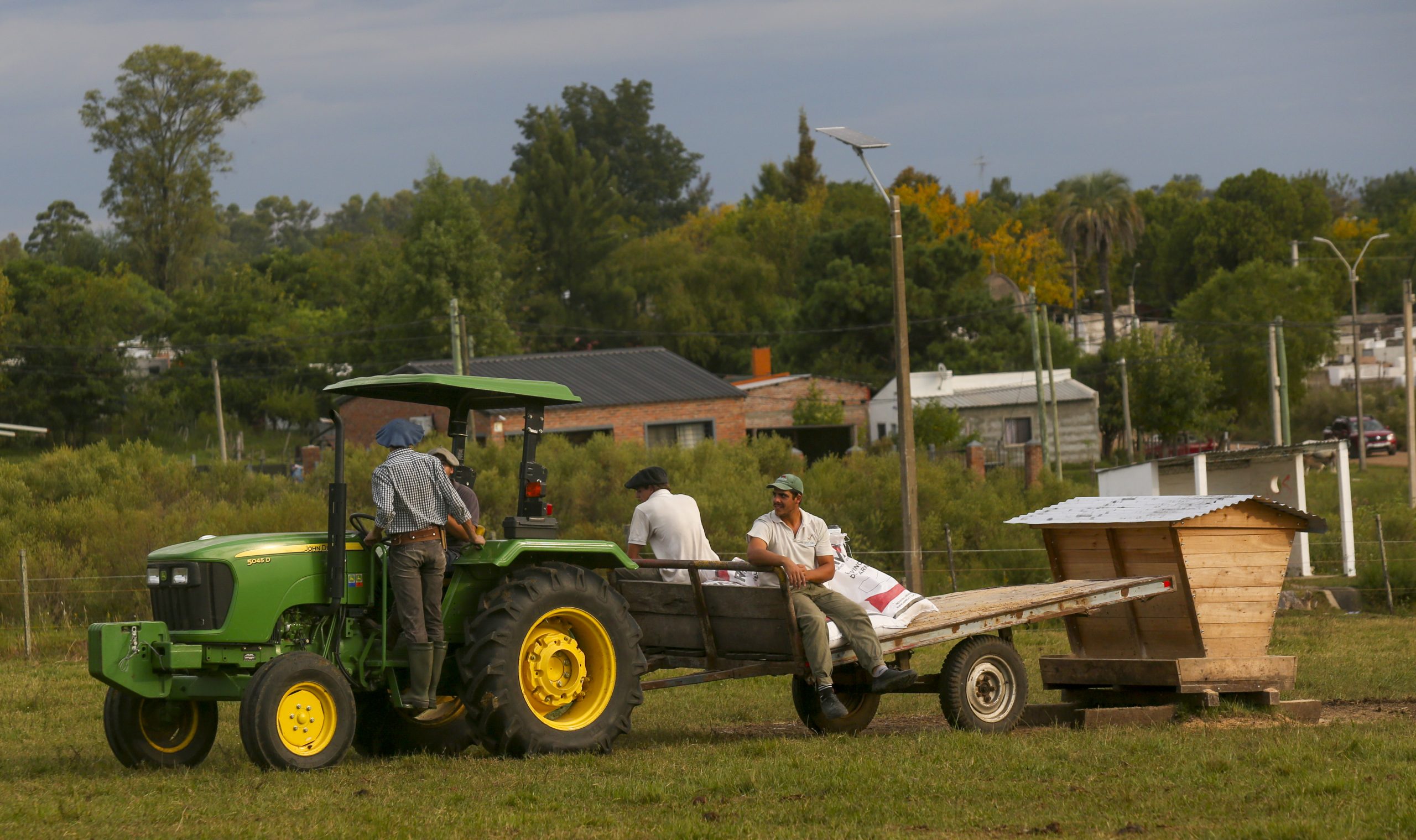
Based on the signs she detects in the behaviour of the bees and hives already in early autumn, Carmen says another dry spring may occur this year. While a third straight year of La Niña would be unusual, meteorologist Mario Bidegain recently tweeted that models are indicating that it could happen.
“If the Liga opens the calf hotel again next year, many people who did not yet try it will do so. It has been very good for us,” says Carmen before returning to her gaze to the field. Moncalvo hears this, and gives a nod that seems to say “let’s see”.
